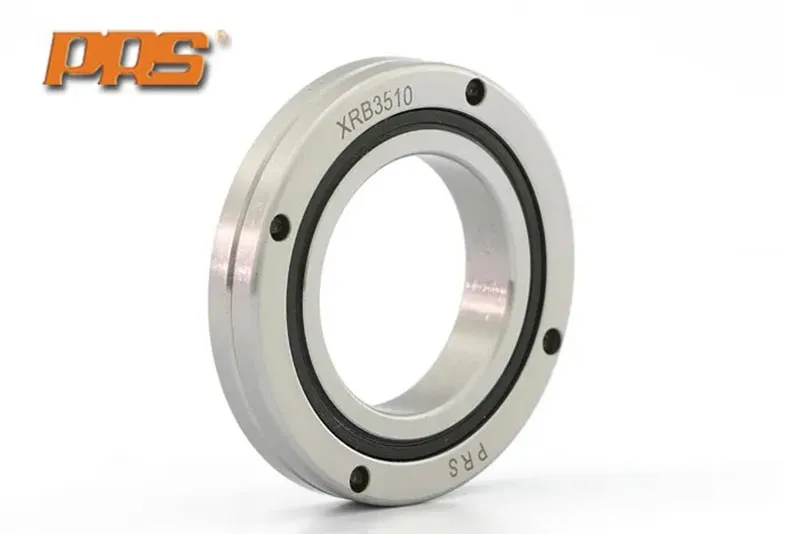Mail Us: [email protected] [email protected]
Call For Us: +86 18003790744 +86 18003790601 +86 18003797770
Crossed roller bearings are a type of bearing commonly used under heavy-load and high-speed rotation conditions, widely applied in fields such as machine manufacturing, automotive industry, and aerospace. However, due to factors like harsh working environments, improper assembly, insufficient lubrication, etc., various damage phenomena may occur during the use of crossed roller bearings, affecting the normal operation of equipment. This article will provide a detailed introduction to the causes and handling methods of crossed roller bearing damage, aiming to help readers better understand and maintain this important mechanical component.
I. Causes of Crossed Roller Bearing Damage
Overload: Prolonged operation of crossed roller bearings beyond their rated load range can lead to bearing overload, causing damage to the rolling elements and raceways.
Poor Lubrication: Bearings require adequate lubrication during operation to reduce friction and wear. Insufficient or contaminated lubricating grease can lead to increased wear on the bearing surface, ultimately damaging the bearing.
Improper Bearing Assembly: Failure to follow prescribed procedures during assembly, such as unbalanced installation, overtightening, or looseness, can result in bearing deformation or damage.
Harsh Working Environment: The presence of high temperatures, corrosive media, or particulate matter in the bearing's working environment can exacerbate bearing damage.
Poor Bearing Material and Manufacturing Process: The use of substandard bearing materials or lax manufacturing processes can affect the service life and performance of the bearing.

II. Handling Methods for Crossed Roller Bearing Damage
Strengthen Lubrication Management: Regularly inspect the lubrication condition of bearings, ensuring the cleanliness and adequacy of lubricating grease, and timely replacing aged or contaminated grease.
Control Load Range: Strictly control the load range when using crossed roller bearings, avoiding overload conditions, which can be achieved through proper design and bearing selection.
Standardize Assembly Operations: Follow prescribed assembly procedures and requirements strictly during the installation of crossed roller bearings, ensuring balanced installation and proper clearance.
Improve Working Environment: Enhance the working environment of bearings as much as possible, reducing the impact of high temperatures, corrosive media, and particulate matter on bearings, and extending their service life.
Enhance Bearing Quality and Manufacturing Process: Select high-quality bearing materials and manufacturing processes to ensure reliable bearing quality and reduce the possibility of bearing damage.
In summary, crossed roller bearing damage often results from a combination of multiple factors. Therefore, it is necessary to consider various factors comprehensively during maintenance and servicing, and take effective measures to prevent and address bearing damage issues, ensuring stable equipment operation and extending the service life of bearings.
 Hot News
Hot News2024-03-05
2024-03-05
2024-03-05
2024-03-05
2024-03-04